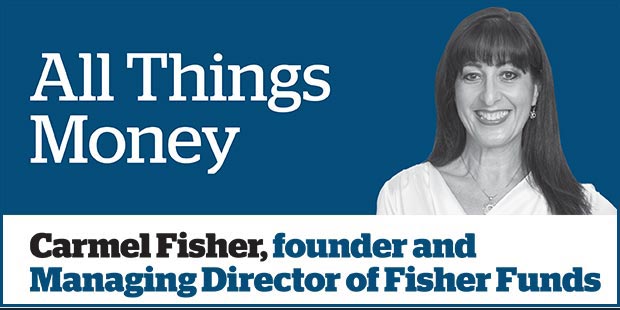If I was a banker, I'd be feeling a little uncomfortable. It seems a new digital disruption is on its way, about to do to banking what iTunes did to music, Amazon did to product sales and Uber did to the transport industry.
It's called crowdfunding and it has a close cousin called peer-to-peer lending (P2P). Both are alternative ways to get money for your idea or your business from a number of people who pool small amounts of money together. Generally using an online platform, crowd funding and P2P bring borrowers and lenders together while bypassing the banking middleman.
Crowdfunding is a broad term that covers various types of lending or 'investing' by individuals to other individuals or businesses. I use the word 'investing' lightly because in many instances individuals provide money without much reference to managing risk or maximising returns, the two hallmarks of investment.
Crowdfunding can take the form of donations and sponsorship, where individuals contribute small amounts of money to an individual or business because they like the idea or concept. The products and ideas that do best are the truly unique and novel which generate extensive social media comment. Generally, with this sort of crowdfunding, the contributors do not expect a financial return, being happy instead to see a good idea succeed.
In its earliest form, crowdfunding focused on helping creative entrepreneurs get their ideas off the ground. The people who chipped in and helped make the dream a success were often given something in return - like a perk or first dibs on the product. While not necessarily a great return on their investment, crowdfunders enjoyed being the first to have the flash new gadget or cool toy.
Crowdfunding has since evolved; nowadays contributors can get something more for their money. Equity crowdfunding is where you receive equity or shares so, while you don't receive your money back, you do become a shareholder in the company.
Peer-to-peer lending is slightly different; the business does not have to give away shares or product but pays interest on the money borrowed, much like it would with a bank but generally cheaper.
Different forms of crowdfunding can be appropriate depending on a company's stage of development. Donation funding works well for a business that is testing its concept or raising awareness; equity funding is ideal when a start-up business requires help getting off the ground; and debt crowdfunding or P2P lending could be useful for a company requiring capital to expand or develop, particularly when it is difficult or expensive to raise capital elsewhere.
Crowdfunding is potentially good for businesses wanting alternative ways to raise capital. It is potentially bad for the banking industry and potentially exciting for lenders and investors. But, and this is a big but... it is not for everyone and it does not excuse you from doing your homework and understanding the risks involved.
If debt crowdfunding appeals, just remember you are being offered higher rates of return because there is a higher risk involved. You could lose all or some of your money if borrowers don't pay it back. Crowdfunding hasn't been tested by recessions or credit crises yet, so we don't know how many borrowers will default when things get tough.
As for equity crowdfunding, we know that equity investing is at the hardest and riskiest end of the investment spectrum. Rather than falling in love with a concept and hoping your investment will be the next Facebook, you need to rule off the basics.
You need to do due diligence and understand the nature of the business and its competitors, the background of the people involved and enough about the numbers to know whether you are getting in at a fair or expensive valuation.
Following the crowd can be exciting - safety in numbers and all that. But when it comes to your hard-earned money, don't assume that everyone else doing it makes it safer or better than going it alone.

